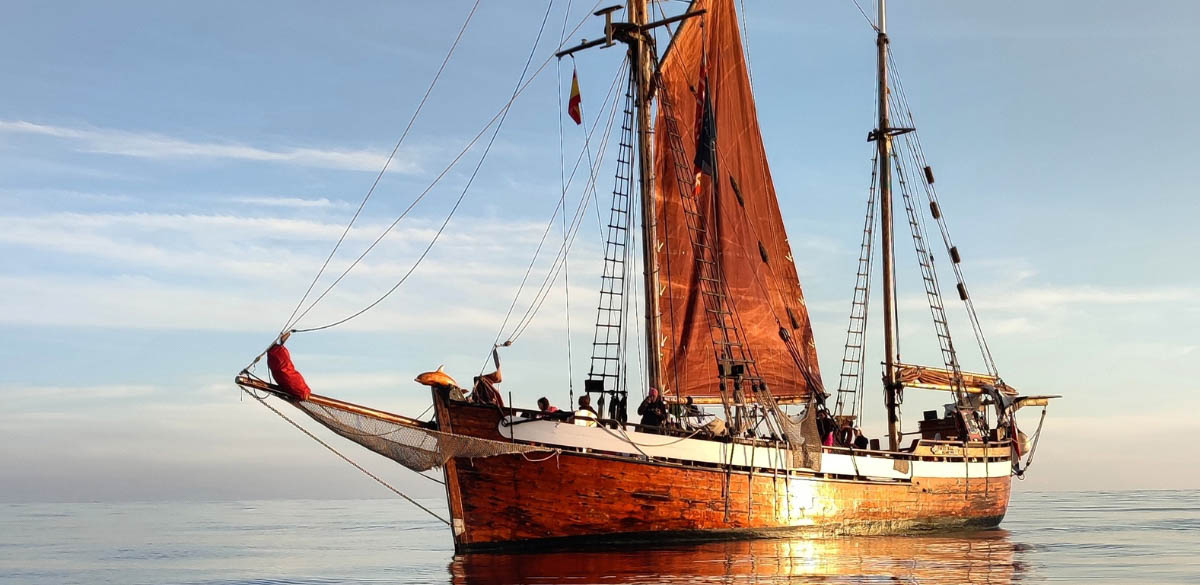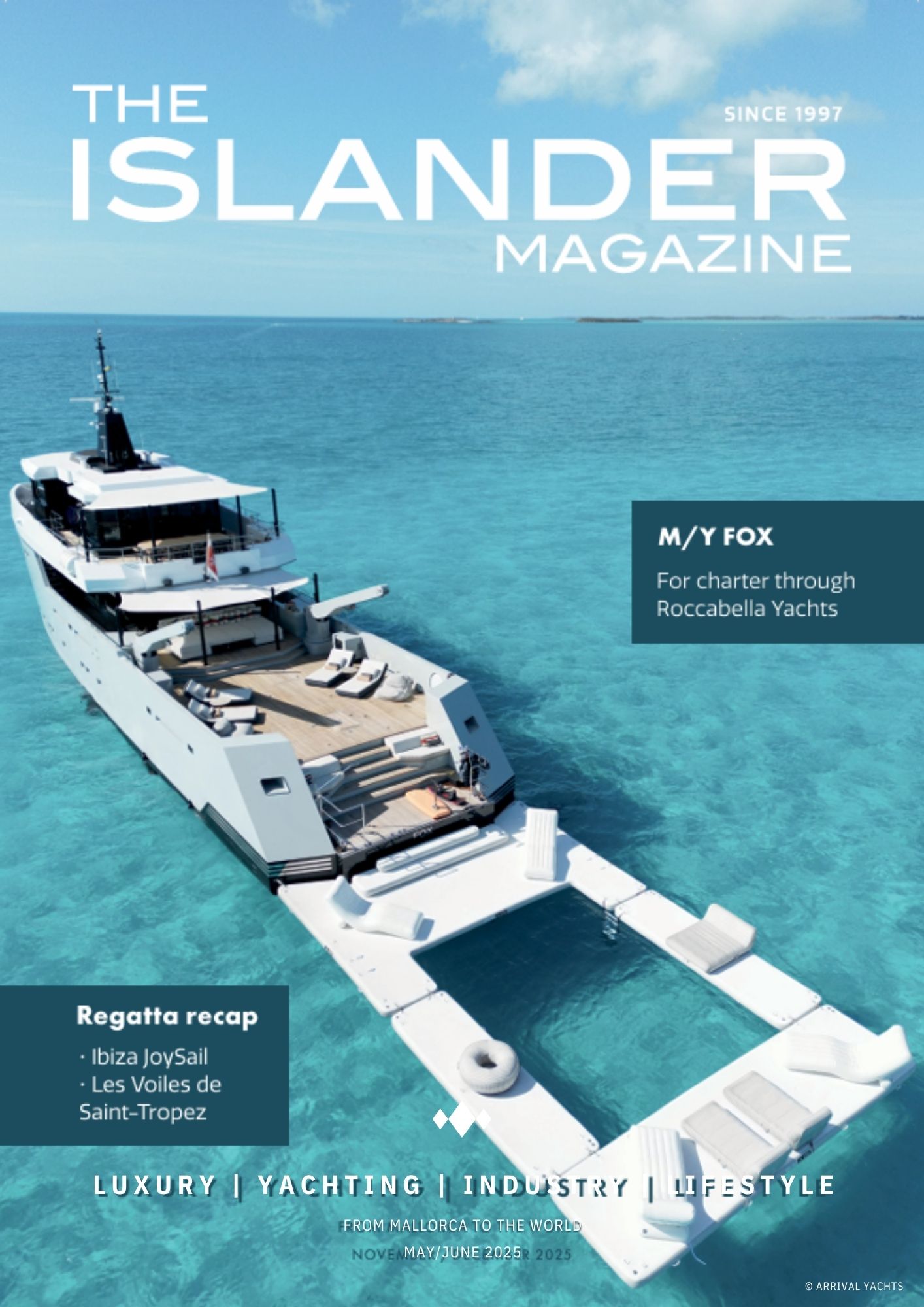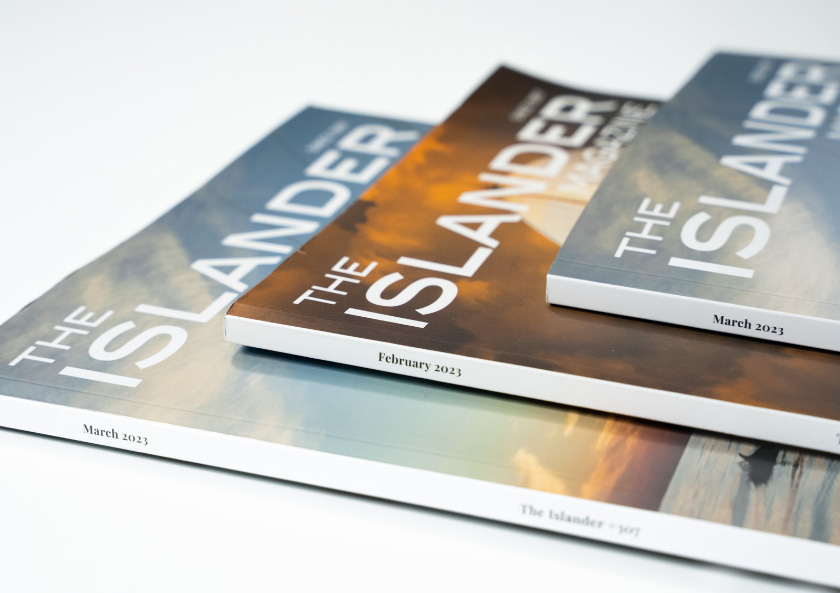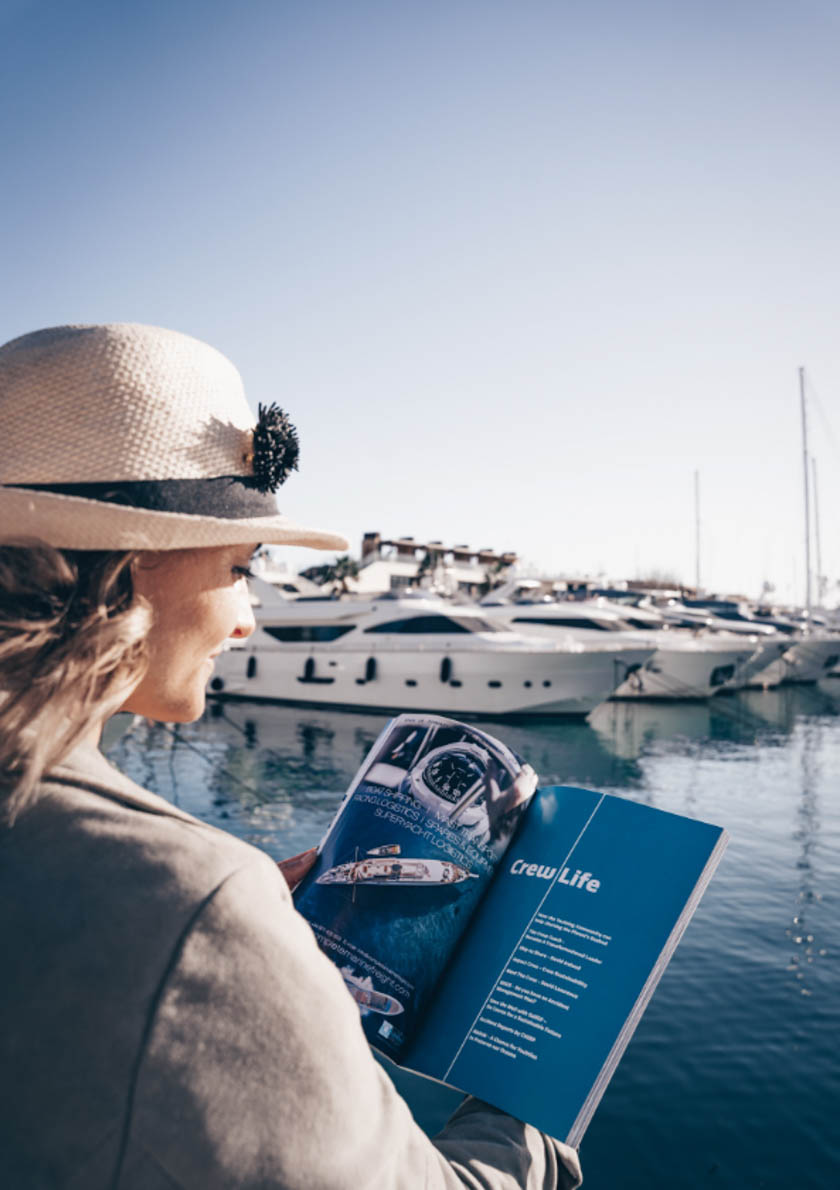8th of May 2023, we’re on board the R/V Toftevaag approaching the Island of Alboran just before sunset. We’ve had a magical today since we left Almeria early this morning, with many observations of common, striped and Risso’s dolphin, long-finned pilot whale, beaked whale, and several loggerhead turtles found basking on the flat calm surface. We even managed to deploy satellite tags on two of these turtles. The historical Toftevaag (Norway 1910) is the main vessel of the MEDTOP surveys – a Mediterranean top pelagics monitoring program that has been running now for over three decades.
But our mission this time is not so much about tracking live animals. Toftevaag has just started a 30-day survey in the southern Alboran Sea to provide evidence of one of the most outrageous illegal fishing activities in the Mediterranean and Atlantic Ocean. We are going out to report and document pelagic driftnet operations conducted by Morocco, Algeria and Italy.
“….We faked having engine problems and managed to get into the port of Al Hoceima…”
Exactly a year ago, Toftevaag conducted its first survey with the aim of validating backtrack modelling of a beaked whale that was stranded in Balerma (Almería), caught in an illegal driftnet. We had heard from the Spanish Mediterranean longlining fleet about illegal driftnetting in Morocco, but there was no evidence of this. This backtrack modelling conducted by SOCIB is a tool generally used in crime investigation. This time we were applying it to marine biodiversity investigation. We had no idea of what we were going to find, and we were also a bit nervous about entering Moroccan waters that were still not open due to Covid-19. After waiting for darkness to fall on the edge of Moroccan waters (in close quarters with a drug smuggling rib), we headed south hoping to find an illegal driftnetting operation. We didn’t find one. We found 42 nets, one of which we managed to inspect, finding a dead common dolphin. Basically, it wasn’t only a threat to marine biodiversity; it was practically impossible to navigate these waters! We faked having engine problems and managed to get into the port of Al Hoceima in northern Morocco. The outcome of our ship-board survey and port survey in 2022 was the reporting of 940 vessels operating over 2,200km of illegal pelagic driftnet – only in Mediterranean Morocco!
The data and images were presented to the relevant authorities; Spain’s government; EC DGMARE; the Mediterranean General Fisheries Commission; the International Commission for the Conservation of Atlantic Tuna, NOAA, and the USFWS. Unfortunately, we did not get the impact we hoped for.
So, in 2023, we are turning a little away from our ‘science and public policy’ vision, and going back to direct non-violent action. At the border of the Alboran Marine Reserve and Morocco’s kingdom’s jurisdictional water, it is pitch black now and we can see the lights of Morocco’s coastline in the distance. We have selected a fully international crew, hoping that this will help us if arrested by Moroccan coast Guards.
We are motoring slowly west along the limits of the Isla de Alboran Fishery Reserve and NATURA 2000 site. Given the recent press coverage of our expedition and our collaboration with the Spanish longlining fleet, we half expected no Moroccan fishing boats to have entered Spanish waters – but that’s exactly what we did see! In just 15 nautical miles of effort, we observed 6 driftnet operations. We also expected Spanish authorities to make a point about being on top of this situation. And that’s exactly what happened. As we were approaching the seventh driftnet, the Guardia Civil came into action. Three Moroccan boats were arrested and brought into Ceuta.
We just got into Motril, back on the Spanish mainland. Tomorrow the forecast is bad, so we can catch up on reporting and answering the media. Also working on the maintenance of Toftevaag. Keeping a 113-year-old boat active for six months per year is a challenge, and the first expeditions always have nice surprises.
Fortunately, working at sea has its good counterparts. Such as heaving the sails and feeling Toftevaag ride the wind and waves, the sunrises and sunsets, sailing by the stars,…
We can’t help thinking of those amazing dolphin pods we were with yesterday. Over the past decades we have been witnesses to how driftnets have decimated cetacean populations in Alboran. Long-finned pilot whales were very abundant and nearly always found in large pods, as were the common dolphin. Our preliminary data shows that unit group or family size for the pilot whales has decreased from 14 to less than 9 since 2012.
Read more about Ghost fishing in the MED : https://alnitak.org/wp-content/uploads/2023/05/Note-on-IUU-and-ghost-fishing-in-the-MED-2022.pdf





























0 Comments